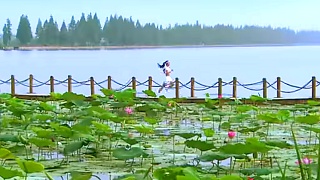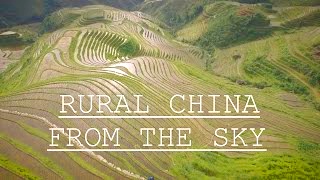With Walk East ...
[640],shadow=true,start=,stop=
Live more ...
 NingBo city drive, ZheJiang province
NingBo city drive, ZheJiang provinceWith Walk East ...
[640],shadow=true,start=,stop=

|
|

|
WuHan is the provincial capital of HuBei province in central-east China.
Welcome to WuHan ...
|

|
With Cyrus Janssen ...
Bonus films ...
|

|
HuaShan, in ShaanXi province, is one of China's Five Sacred Mountains.
Our second film shows the 'Plank Walk'. This was constructed in the 13th century by Taoist monks.
|

|

|
Beautiful aerial shots of the rice terraces and karst peaks of GuangXi province, plus the communal Tulou residences in FuJian province ...
|